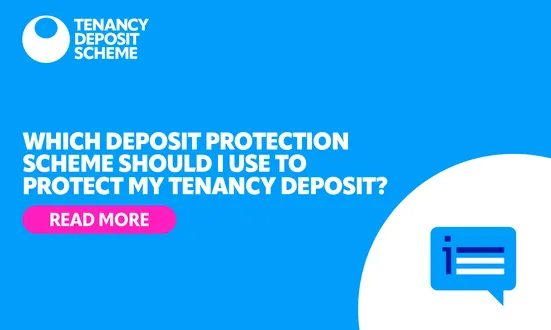This article has been written in response to a tenant’s query: “I’m going back to Uni and have paid a deposit to my new landlord, when should it be protected?”
Your landlord or agent should register the deposit within 30 days of them receiving it. Within this 30 day period of paying the deposit, you should also be provided with the prescribed information detailing where your deposit has been protected.
If you have not received anything from your landlord within this timescale, you should contact your landlord or letting agent in the first instance. They should be able to provide you with the reference number of the deposit protection, and let you know which scheme it is protected with.
If you are a landlord or letting agent and want to read more on how to ‘get it right’ , please click the link below to read our guide:
Landlords – 10 things to help you get it right
“What if someone else paid my deposit for me?”
The person paying the deposit on the tenant’s behalf is referred to as a “relevant person”. This could be, but not limited to, a local authority, employer, parent or guarantor. They don’t need to be entered on the TDS database but should be given the prescribed information to tell them how the money is protected.
If the ‘relevant person’ has a vested interest in the deposit, this should be detailed within the tenancy agreement.
The Tenancy Deposit Scheme (TDS) is a government approved scheme for the protection of tenancy deposits; we offer both insured and custodial protection. We also provide fair adjudication for disputes that arise over the tenancy deposits that we protect.
TDS can only comment on the process for our scheme, other deposit protection schemes may have a different process/require different steps. Content is correct at the time of writing.
Other news stories


